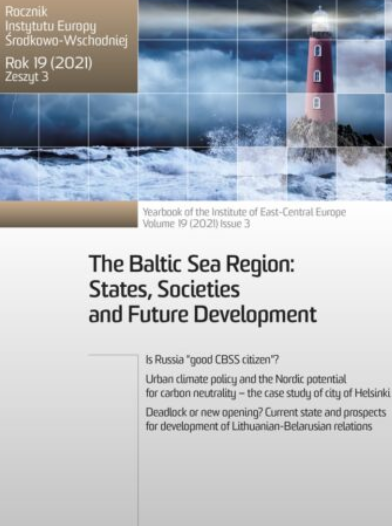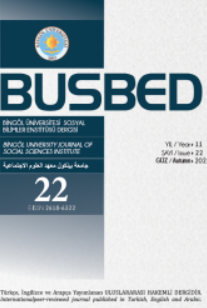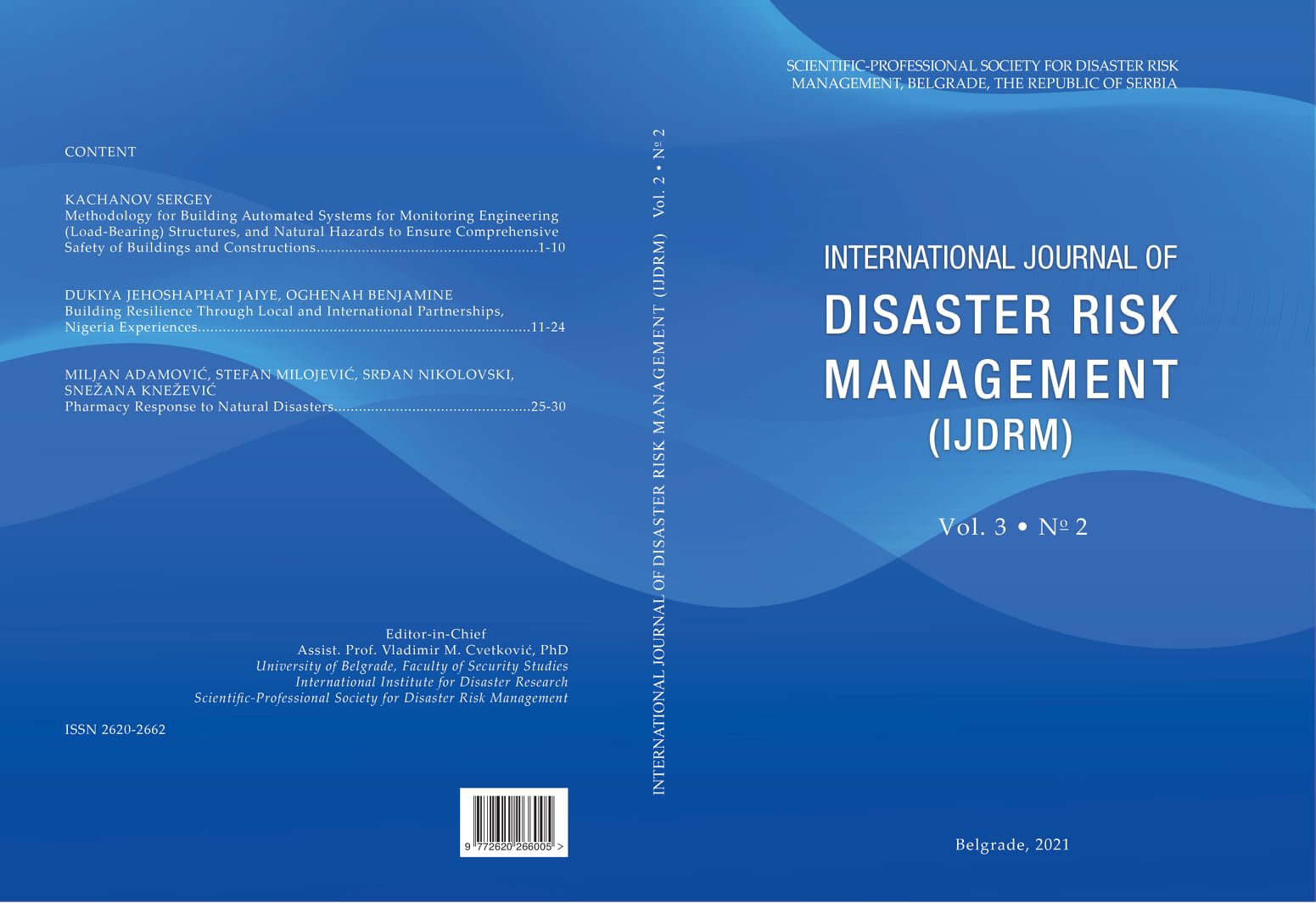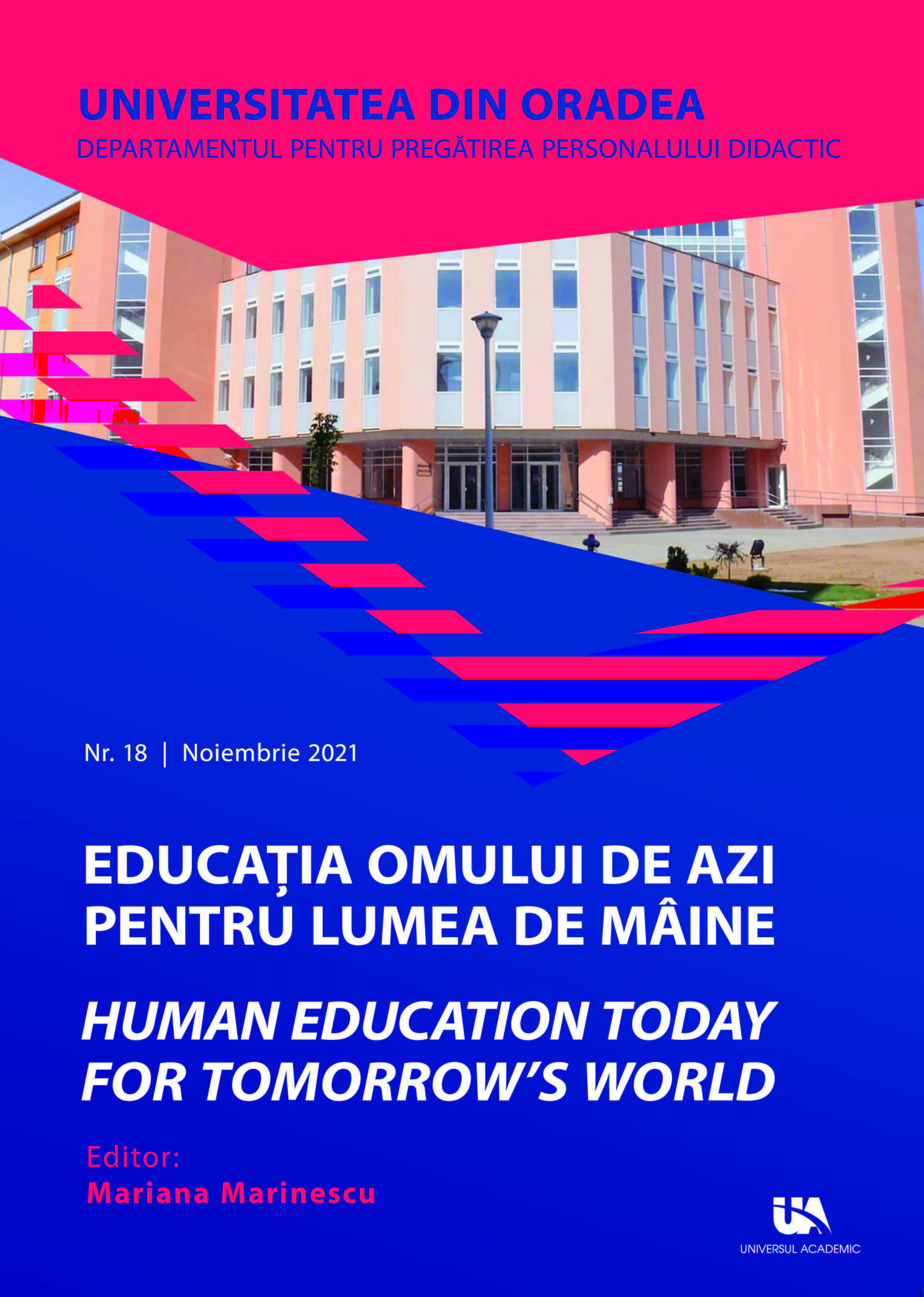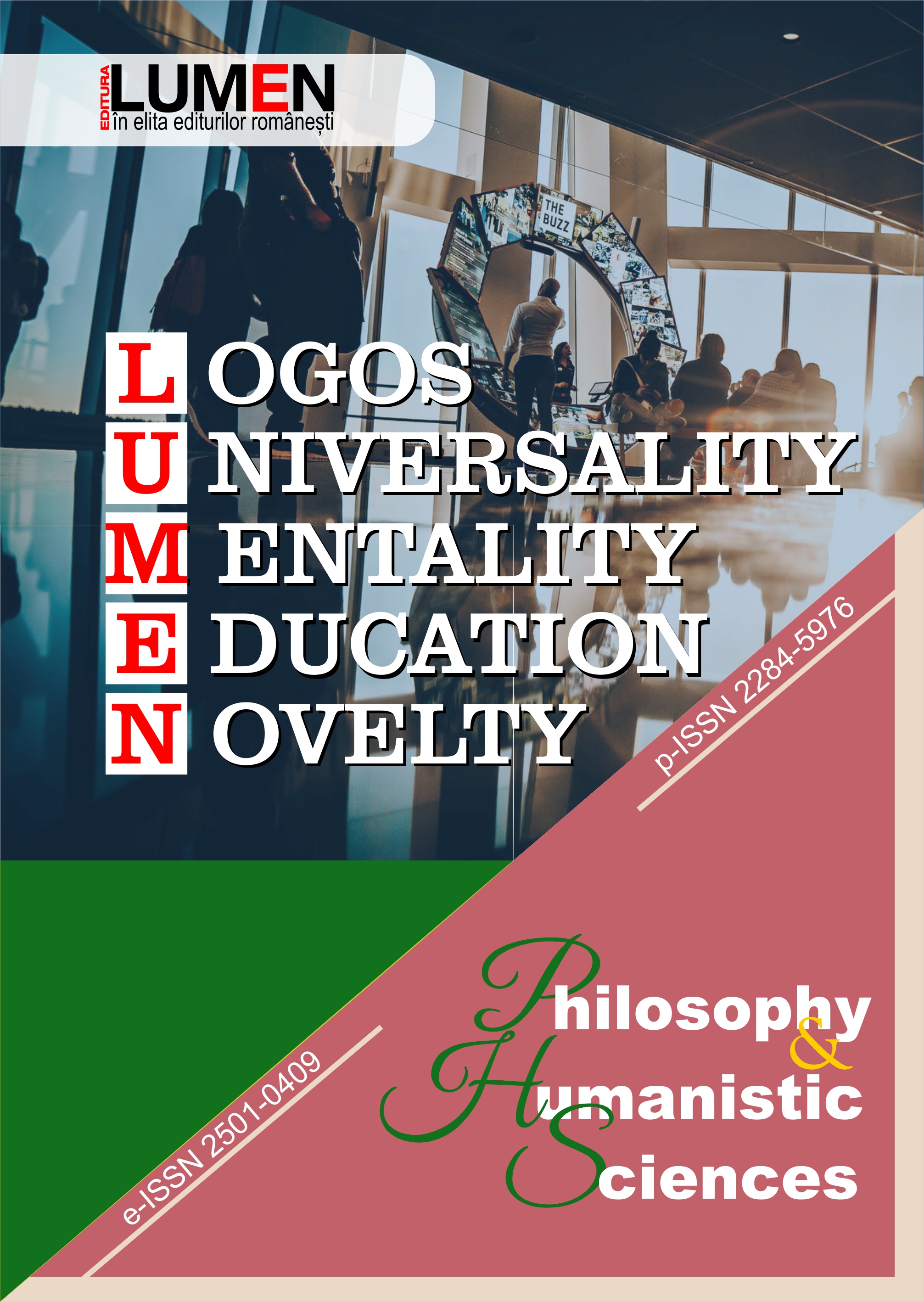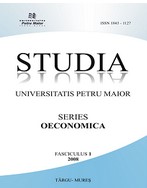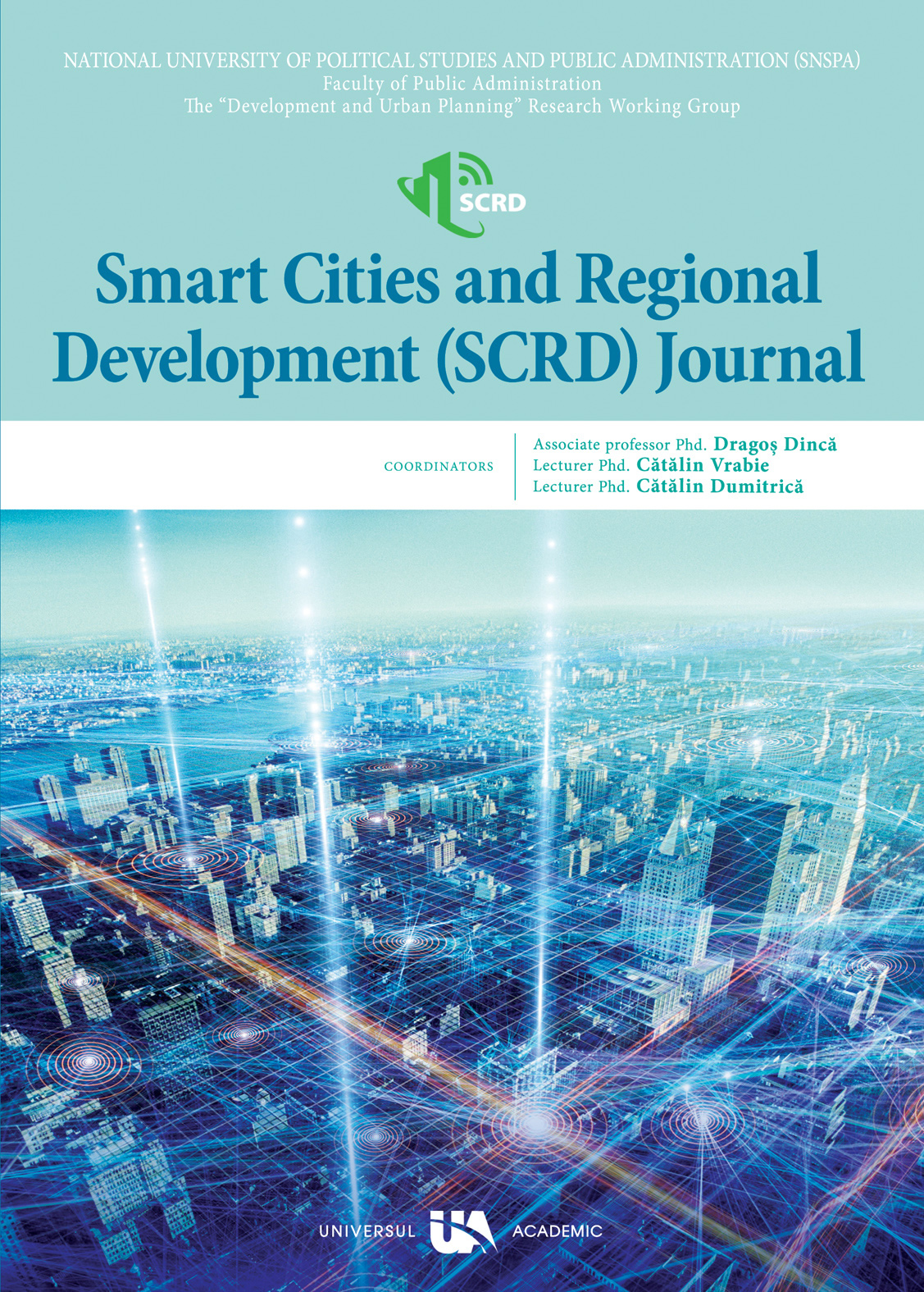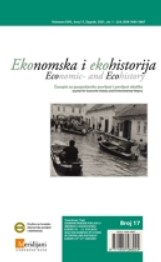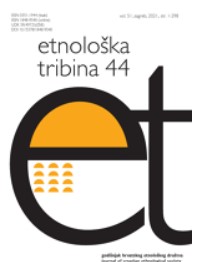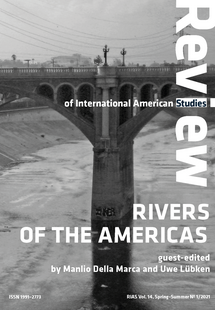
Atikamekw and Euro-Canadian Territorialities Around the Saint-Maurice River (1850–1930)
This essay focuses on the processes of territorialization, deterritorialization and reterritorialization through which Euro-Canadian society extended its control along the valley of the St. Maurice River between 1850 and 1930. That territory had been settled by the Atikamekw people where they had established their hunting and fishing grounds for centuries. However, the Atikamekw people were confronted by environmental and technological transformations around the St. Maurice River with the implementation of sociotechnical systems during that time period, as two successive phases of industrialization based on specific water use brought along a proliferation of urban centers and the arrival of the large-scale industry. This was particularly the case when the proliferation of hydroelectric dams along the St. Maurice River and its tributaries followed the construction of fluvial infrastructure to facilitate the floating of wood pulp harvested in the upper basin of the river. Not only did the technical activities surrounding the construction of hydroelectric facilities materially transform the St. Maurice River watershed, they also allowed a symbolic appropriation of the land by the production of maps and surveys that ‘erased’ the presence of the Atikamekw. Physical and symbolic boundaries resulting from these new forms of organization and configuration of the territory restricted the spatial practices and representations of the Atikamekw. Logging confined these people within isolated enclaves (the so-called “Indian reserves”), while dams bypassed their networks of exchange and communication. The aim of this essay is to understand the conflicts between the territorialities of the Atikamekw and that of the Euro-Canadians by focusing on the place of water uses within the geographical imaginations and the land use patterns of these populations.
More...
